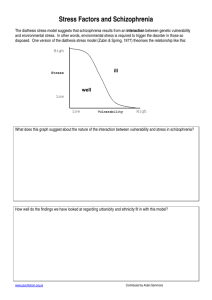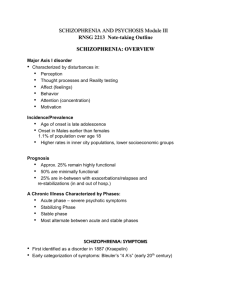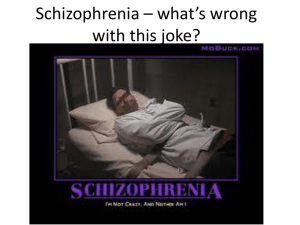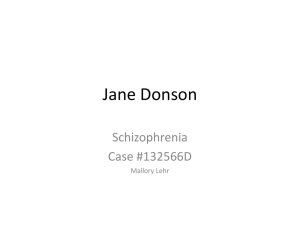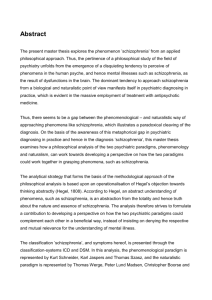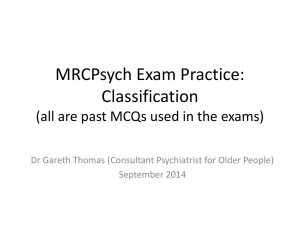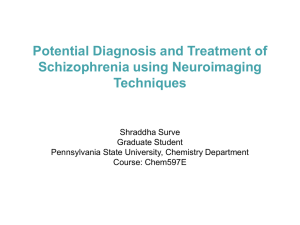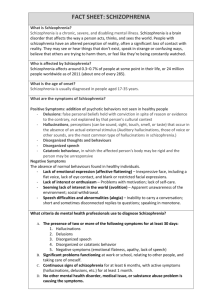File
advertisement
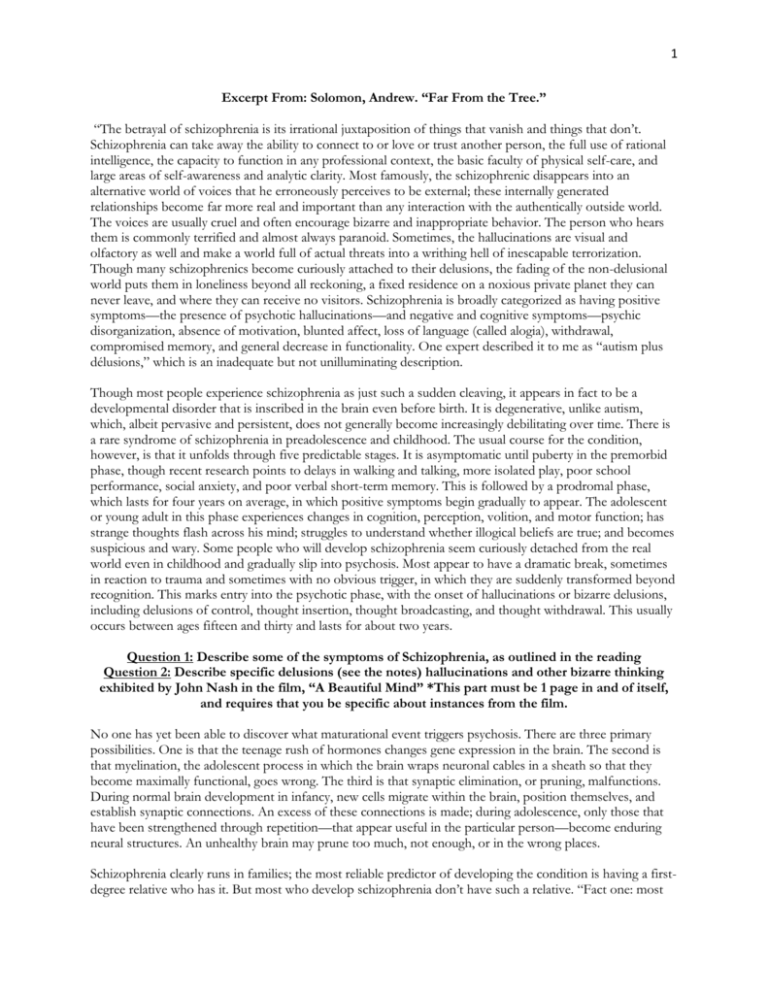
1 Excerpt From: Solomon, Andrew. “Far From the Tree.” “The betrayal of schizophrenia is its irrational juxtaposition of things that vanish and things that don’t. Schizophrenia can take away the ability to connect to or love or trust another person, the full use of rational intelligence, the capacity to function in any professional context, the basic faculty of physical self-care, and large areas of self-awareness and analytic clarity. Most famously, the schizophrenic disappears into an alternative world of voices that he erroneously perceives to be external; these internally generated relationships become far more real and important than any interaction with the authentically outside world. The voices are usually cruel and often encourage bizarre and inappropriate behavior. The person who hears them is commonly terrified and almost always paranoid. Sometimes, the hallucinations are visual and olfactory as well and make a world full of actual threats into a writhing hell of inescapable terrorization. Though many schizophrenics become curiously attached to their delusions, the fading of the non-delusional world puts them in loneliness beyond all reckoning, a fixed residence on a noxious private planet they can never leave, and where they can receive no visitors. Schizophrenia is broadly categorized as having positive symptoms—the presence of psychotic hallucinations—and negative and cognitive symptoms—psychic disorganization, absence of motivation, blunted affect, loss of language (called alogia), withdrawal, compromised memory, and general decrease in functionality. One expert described it to me as “autism plus délusions,” which is an inadequate but not unilluminating description. Though most people experience schizophrenia as just such a sudden cleaving, it appears in fact to be a developmental disorder that is inscribed in the brain even before birth. It is degenerative, unlike autism, which, albeit pervasive and persistent, does not generally become increasingly debilitating over time. There is a rare syndrome of schizophrenia in preadolescence and childhood. The usual course for the condition, however, is that it unfolds through five predictable stages. It is asymptomatic until puberty in the premorbid phase, though recent research points to delays in walking and talking, more isolated play, poor school performance, social anxiety, and poor verbal short-term memory. This is followed by a prodromal phase, which lasts for four years on average, in which positive symptoms begin gradually to appear. The adolescent or young adult in this phase experiences changes in cognition, perception, volition, and motor function; has strange thoughts flash across his mind; struggles to understand whether illogical beliefs are true; and becomes suspicious and wary. Some people who will develop schizophrenia seem curiously detached from the real world even in childhood and gradually slip into psychosis. Most appear to have a dramatic break, sometimes in reaction to trauma and sometimes with no obvious trigger, in which they are suddenly transformed beyond recognition. This marks entry into the psychotic phase, with the onset of hallucinations or bizarre delusions, including delusions of control, thought insertion, thought broadcasting, and thought withdrawal. This usually occurs between ages fifteen and thirty and lasts for about two years. Question 1: Describe some of the symptoms of Schizophrenia, as outlined in the reading Question 2: Describe specific delusions (see the notes) hallucinations and other bizarre thinking exhibited by John Nash in the film, “A Beautiful Mind” *This part must be 1 page in and of itself, and requires that you be specific about instances from the film. No one has yet been able to discover what maturational event triggers psychosis. There are three primary possibilities. One is that the teenage rush of hormones changes gene expression in the brain. The second is that myelination, the adolescent process in which the brain wraps neuronal cables in a sheath so that they become maximally functional, goes wrong. The third is that synaptic elimination, or pruning, malfunctions. During normal brain development in infancy, new cells migrate within the brain, position themselves, and establish synaptic connections. An excess of these connections is made; during adolescence, only those that have been strengthened through repetition—that appear useful in the particular person—become enduring neural structures. An unhealthy brain may prune too much, not enough, or in the wrong places. Schizophrenia clearly runs in families; the most reliable predictor of developing the condition is having a firstdegree relative who has it. But most who develop schizophrenia don’t have such a relative. “Fact one: most 2 schizophrenics do not have a schizophrenic parent,” Deborah Levy, a practicing psychologist and a professor at Harvard, said. “Fact two: the incidence of schizophrenia is not decreasing, and in some places it is actually increasing. Fact three: schizophrenics have a very low reproductive rate. So how do we account for the persistence of the genes that give rise to it? One possible explanation is that most carriers and transmitters of schizophrenia genes are not schizophrenic.” Identical twins show only a slightly higher than 50 percent concordance rate—the shared vulnerability is enormous, but the consequences of that vulnerability are by no means predestined. The children of the well twin and those of the ill twin are at the same escalated risk for the disease. So a person can have the susceptibility genes, not express them as schizophrenia, then transmit them to his or her children, who may develop schizophrenia. Nobody knows what protects some gene carriers from the condition. One mechanism of psychosis is an imbalance in neurotransmitters, particularly dopamine. Schizophrenic brains show reduced volume in the frontal cortex and hippocampus, and dysregulation of the striatum. Genetics most likely mix with environment to cause a shift in biochemistry, which then has a degenerative effect on brain structures. New work suggests that a genetic vulnerability may be activated by a parasite. The brain is composed of grey matter, made of cell bodies; white matter, the axons that connect the cell bodies and create synapses; and ventricles, fluid-containing spaces that allow for circulation of the cerebrospinal fluid. When you lose brain tissue, you have bigger ventricles, and a cardinal feature of schizophrenia is enlargement of the lateral ventricles. While autism is characterized by an overabundance of synaptic connectivity, schizophrenia is marked by a dearth of it. People with schizophrenia also have fewer dendritic spines, which form synapses, and fewer interneurons, a type of brain cell that regulates mental activity. The positive symptoms of schizophrenia appear to be tied to abnormalities in the temporal lobe, where auditory and emotional perception is located. The negative symptoms appear to be tied to damage to the frontal and prefrontal lobes, where cognition and attention are based.

